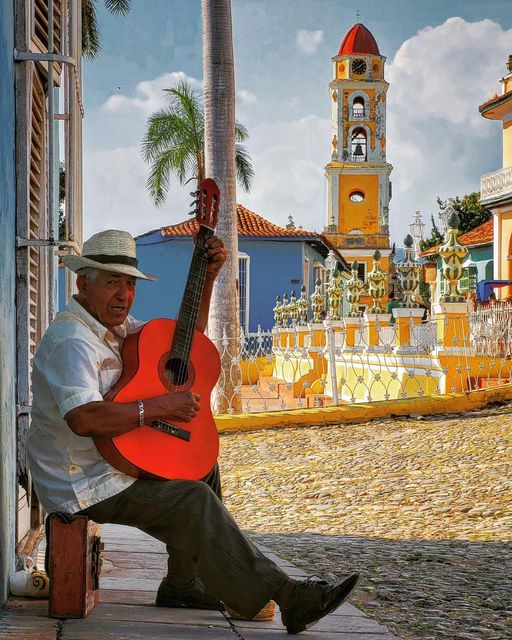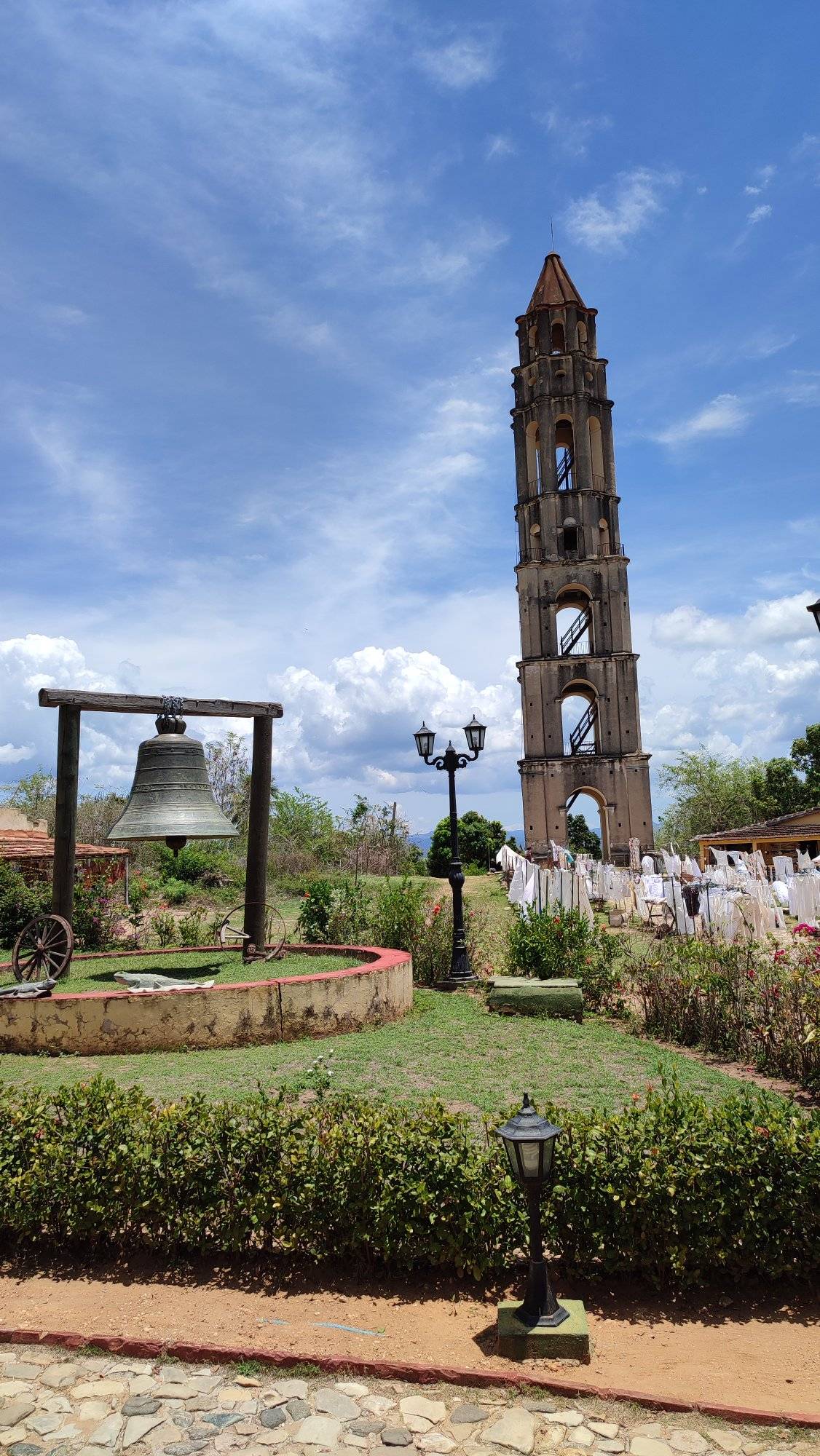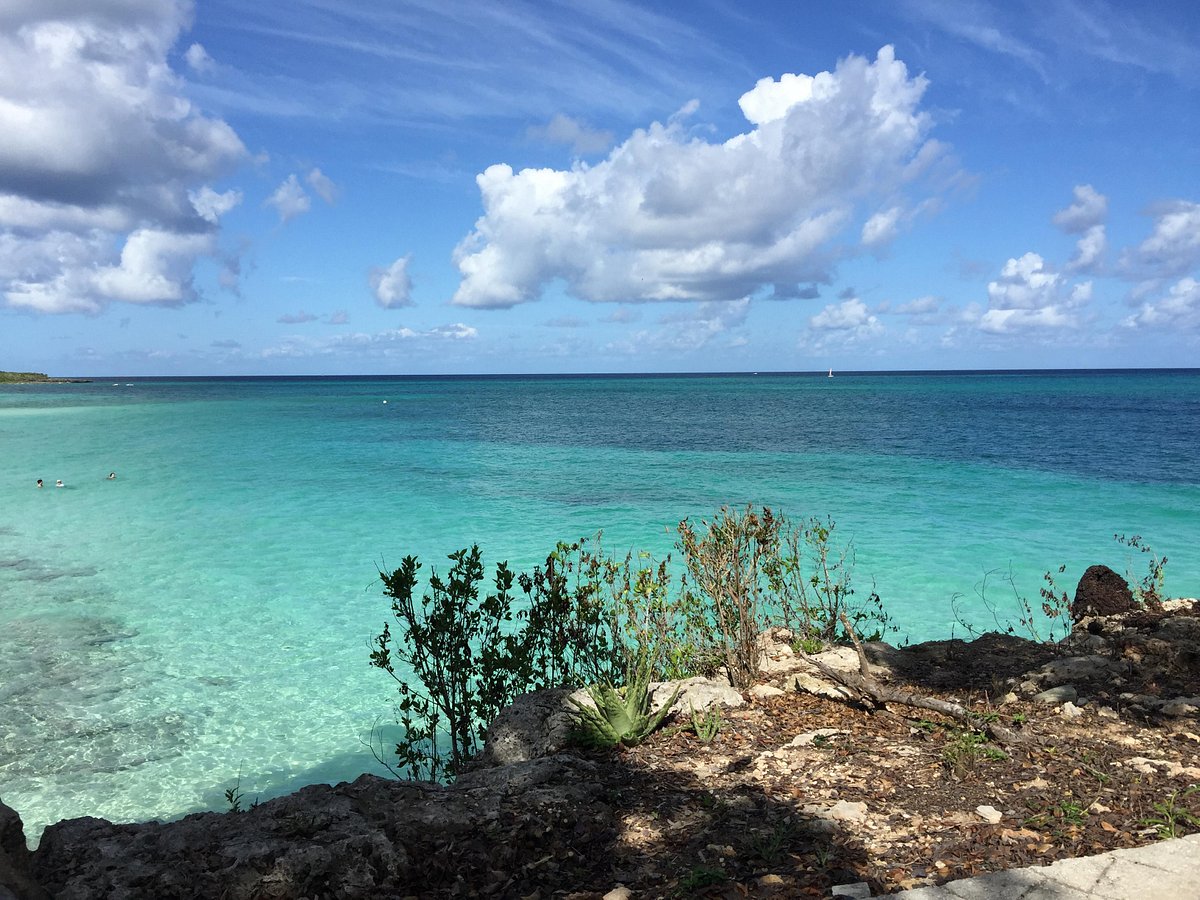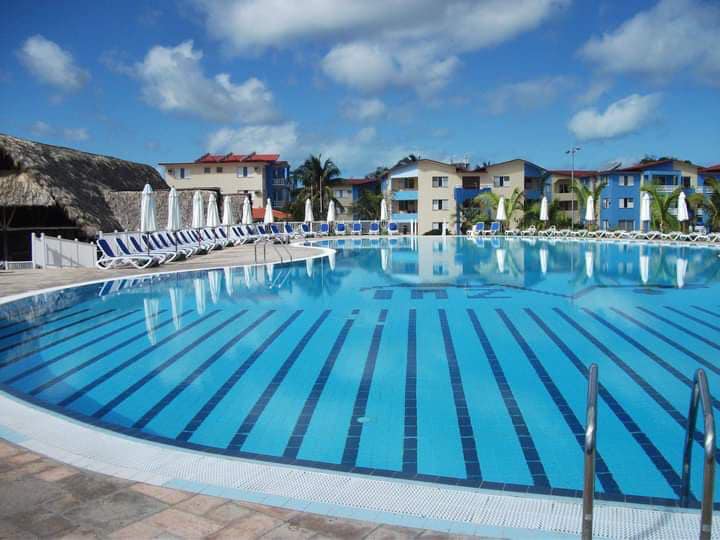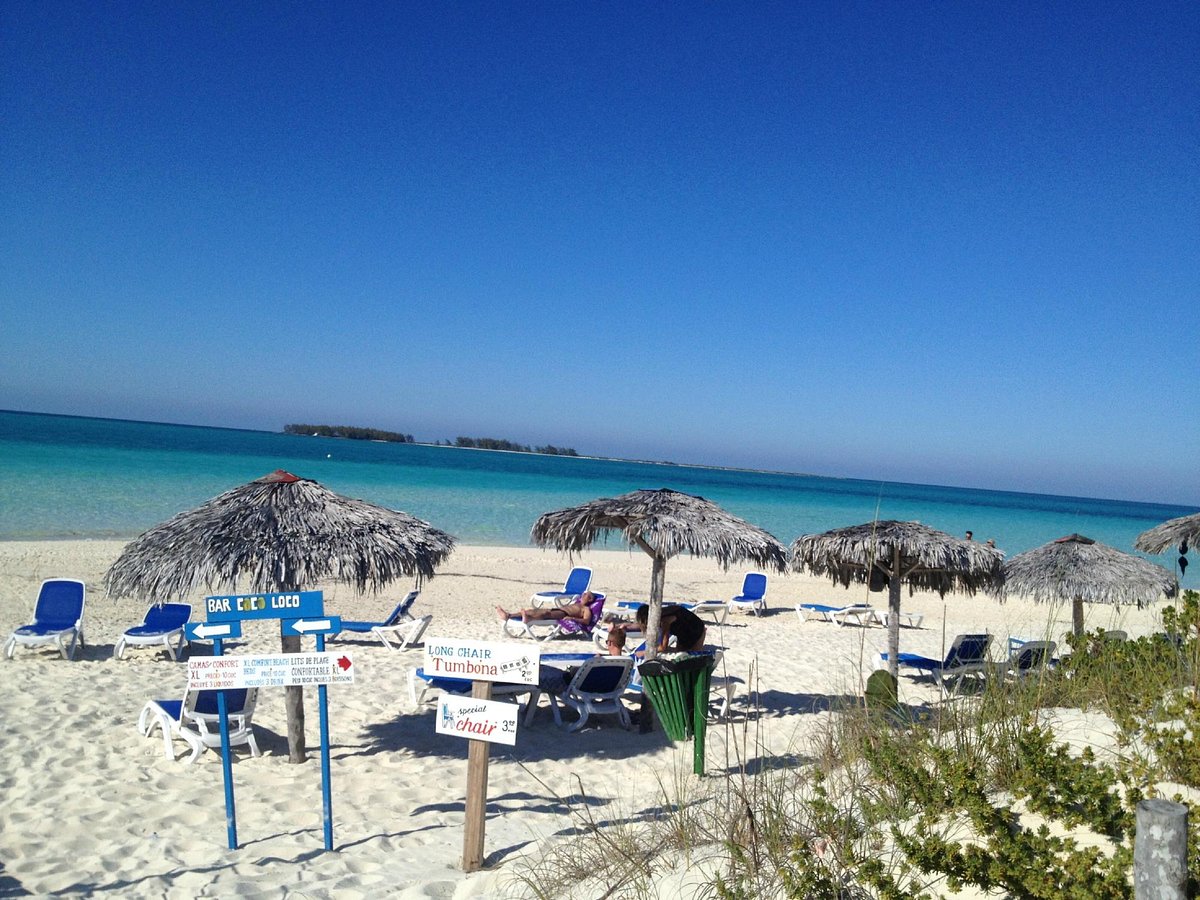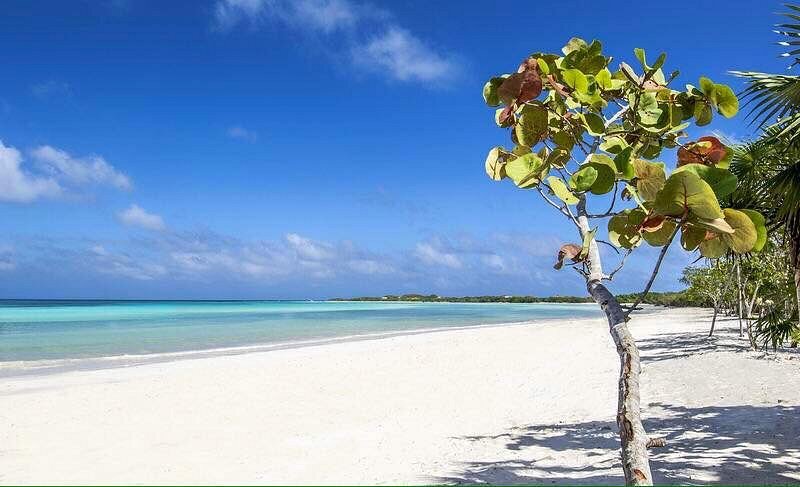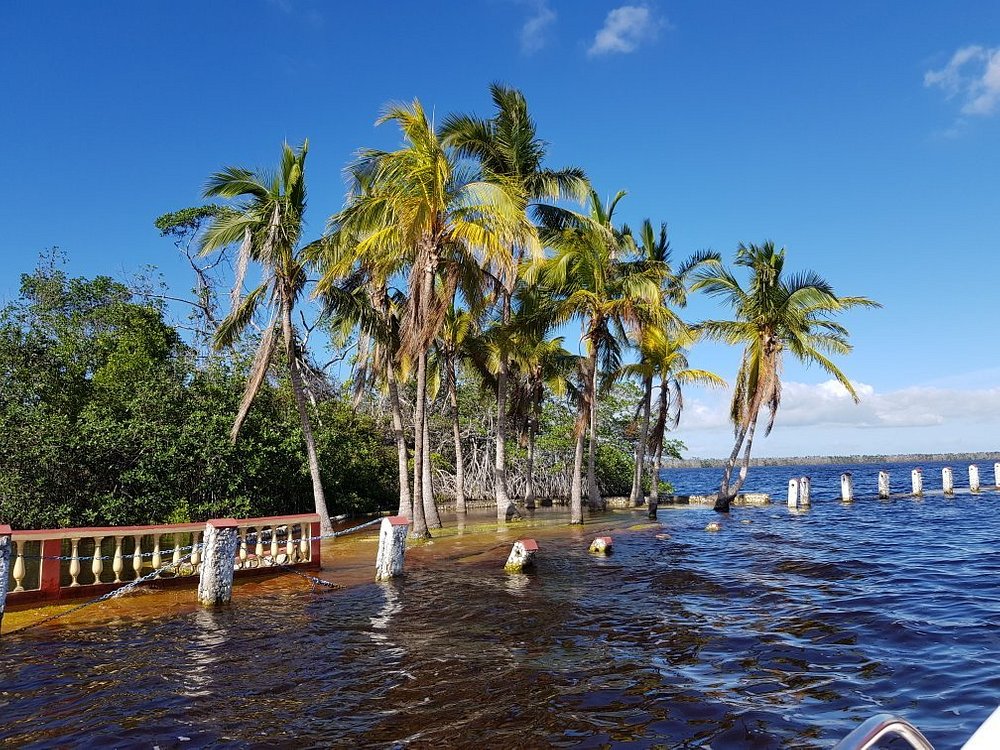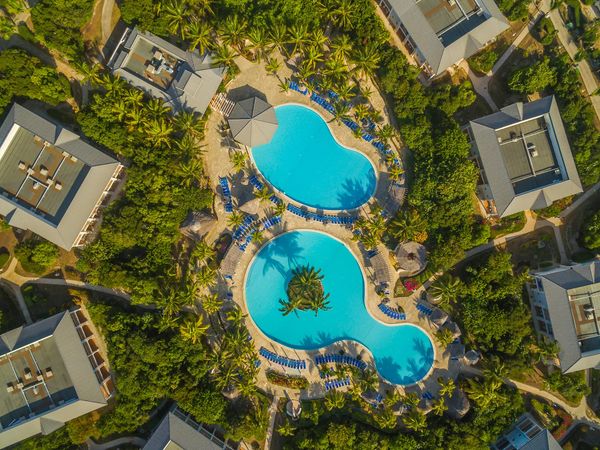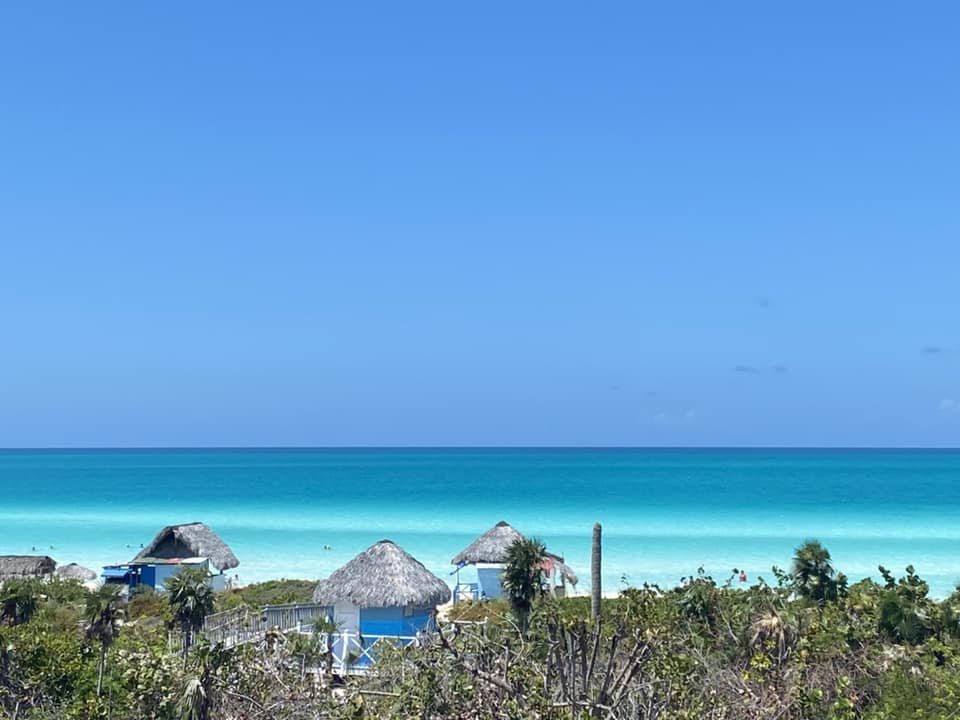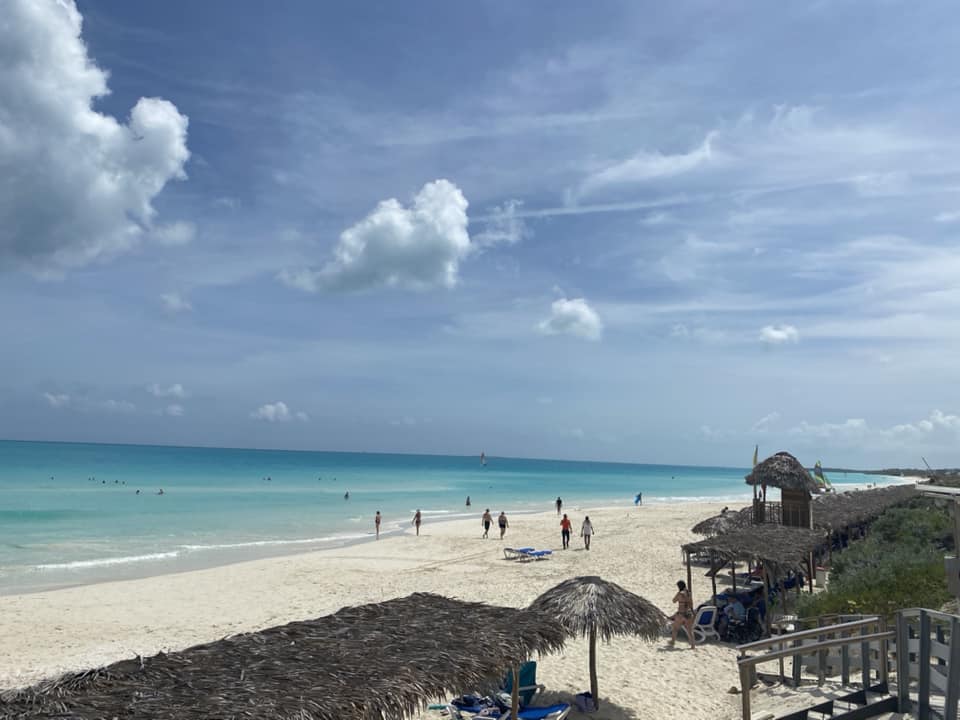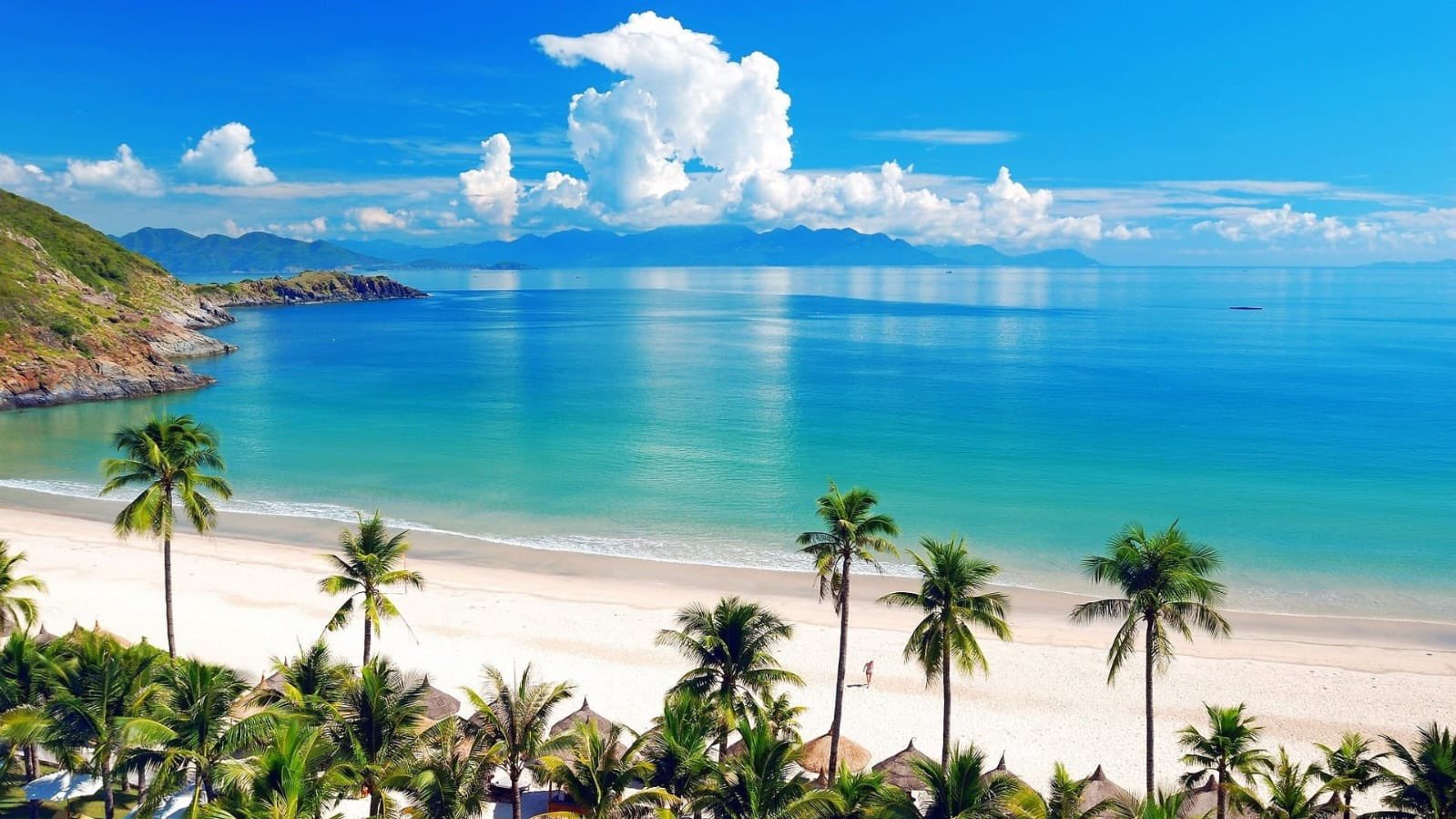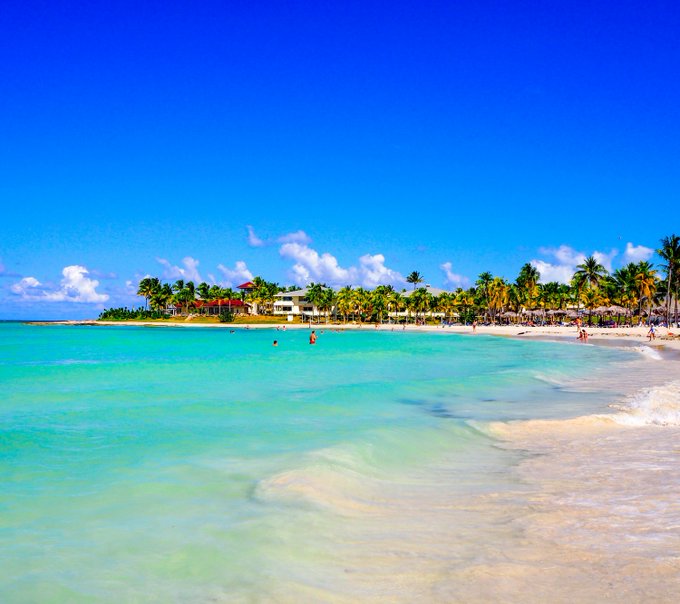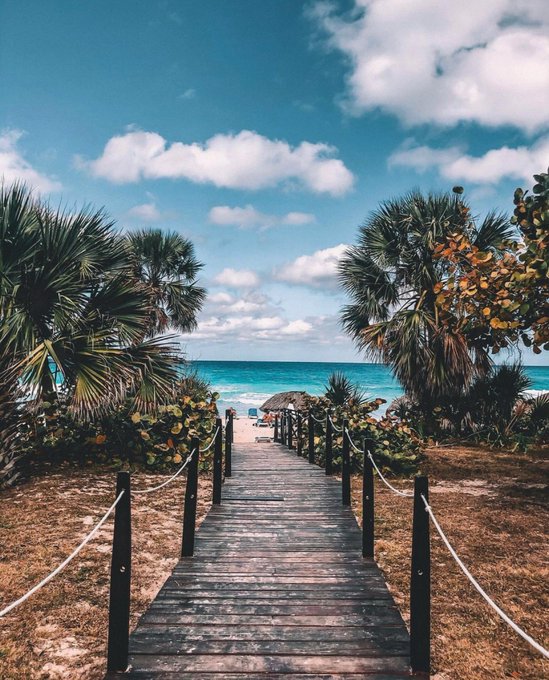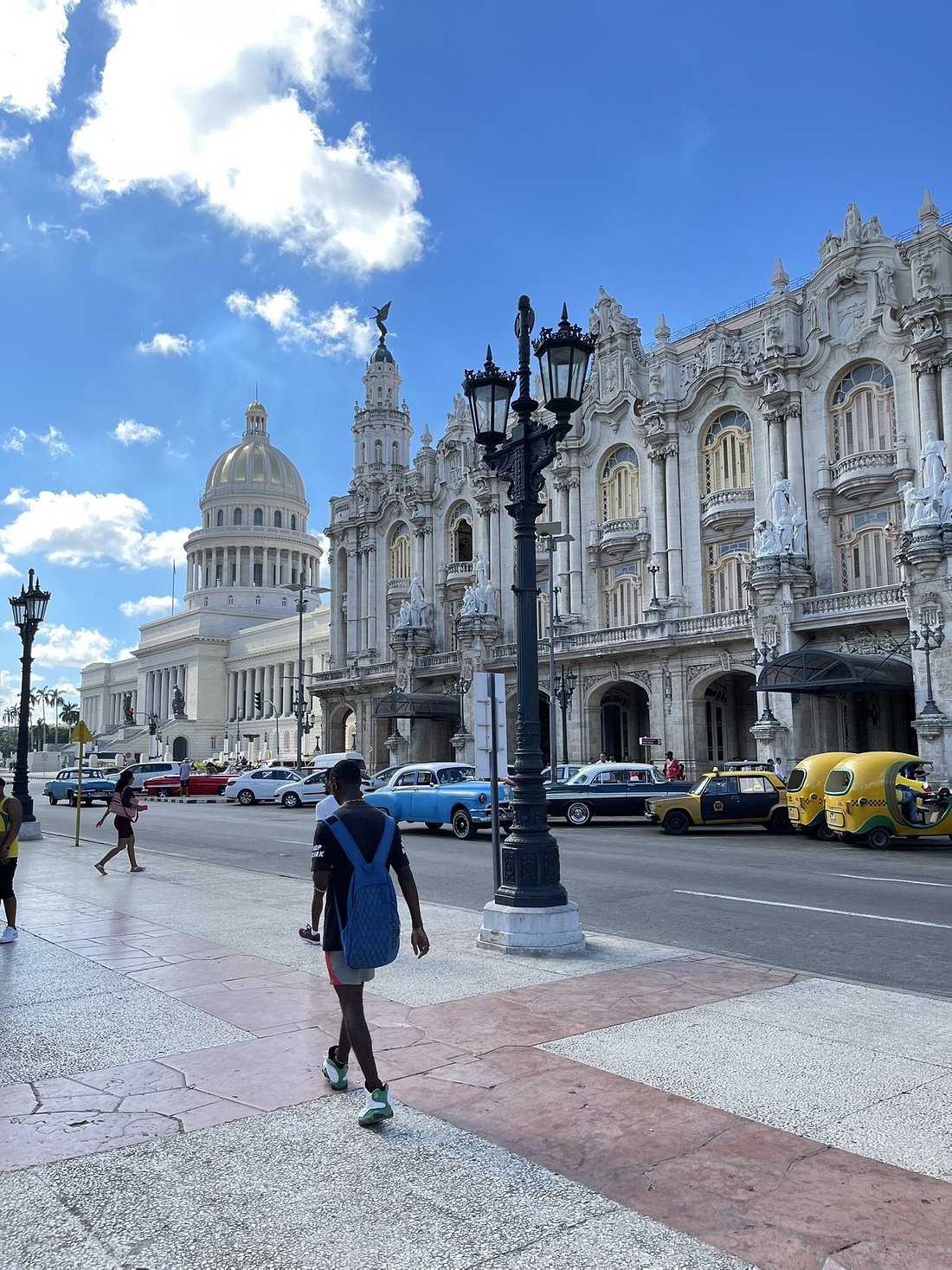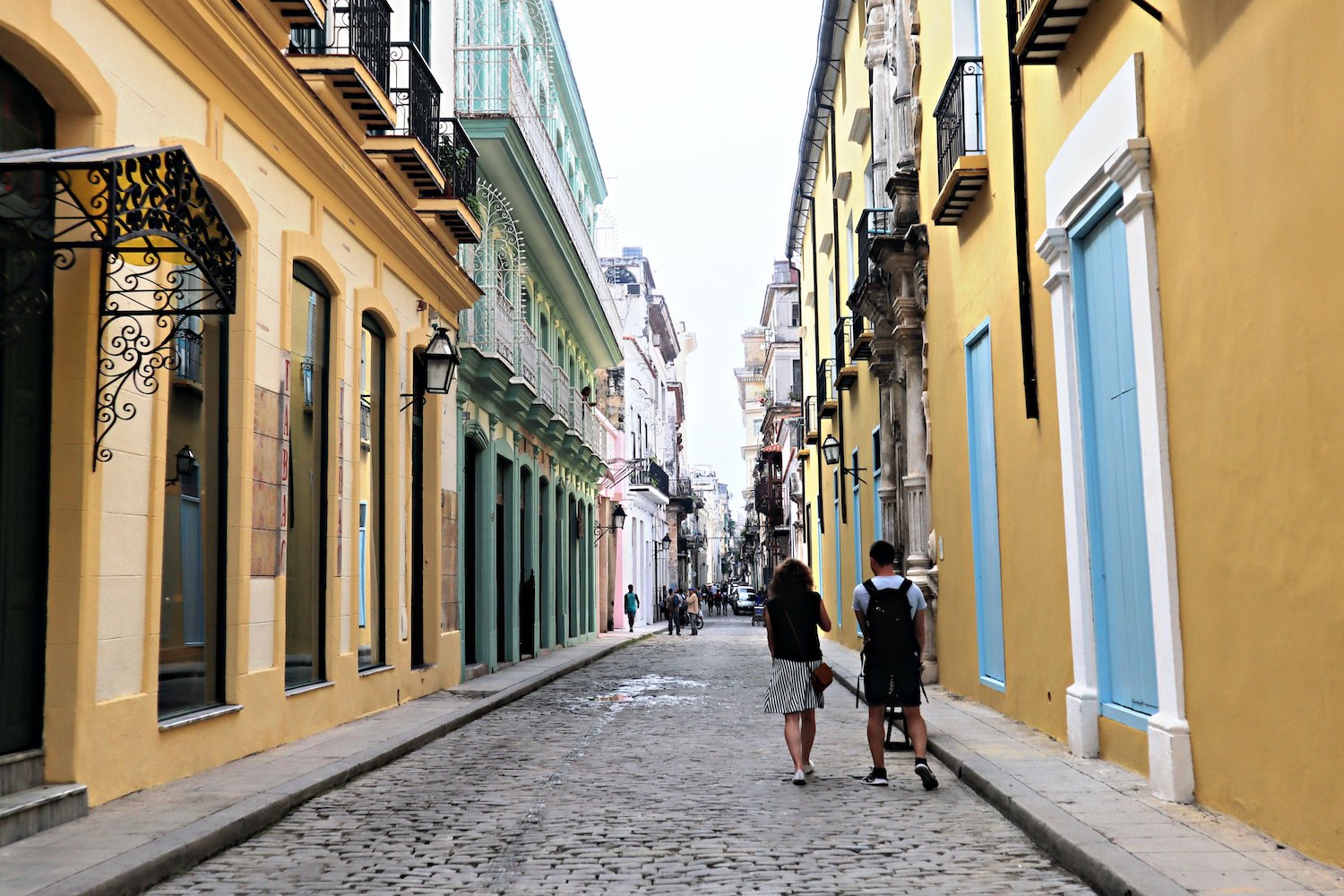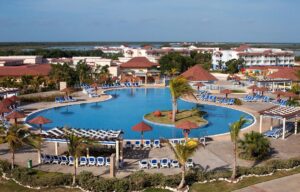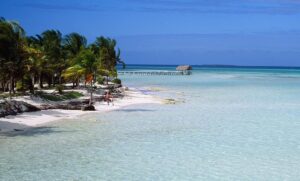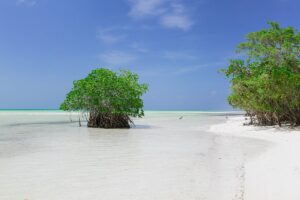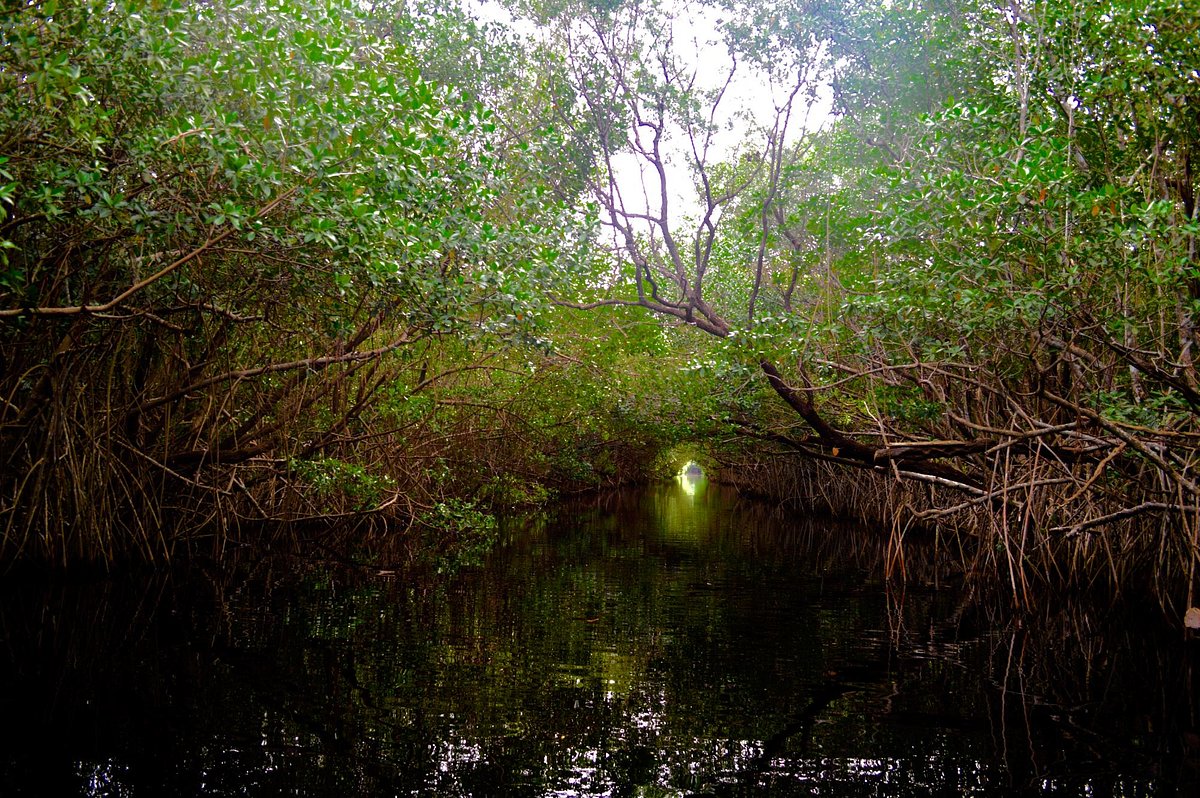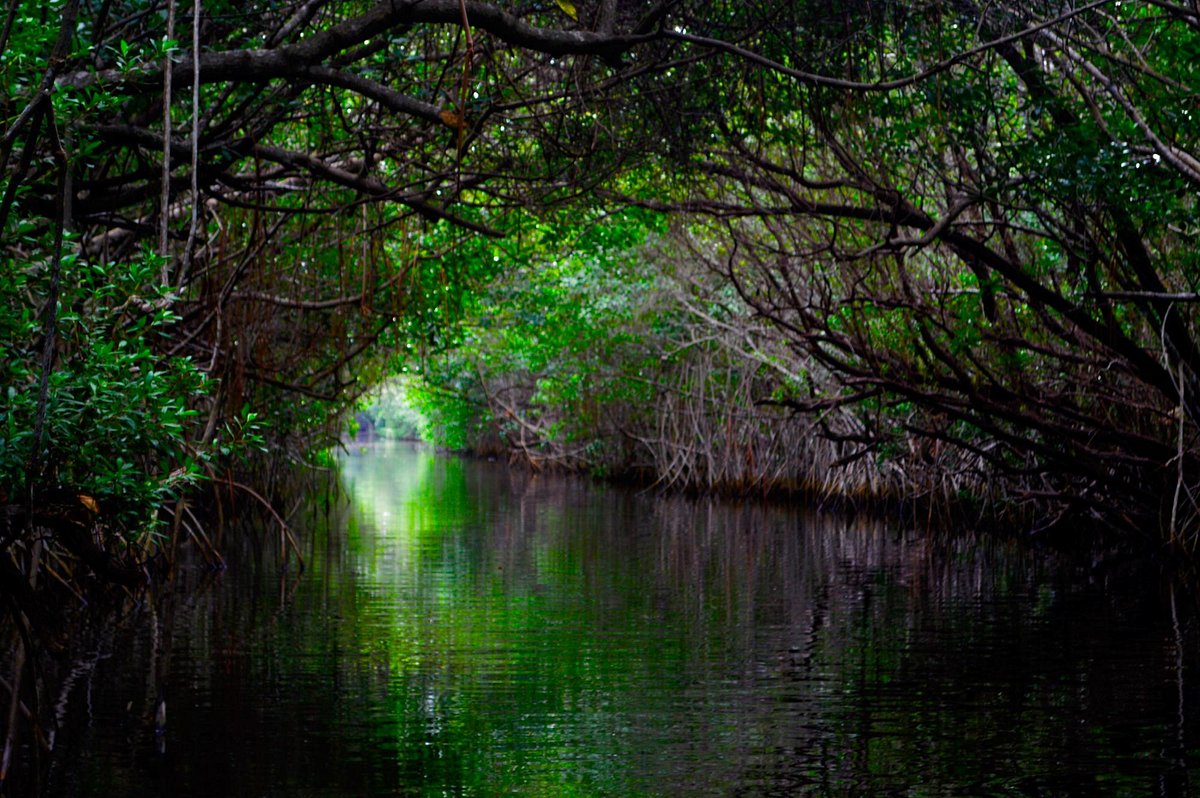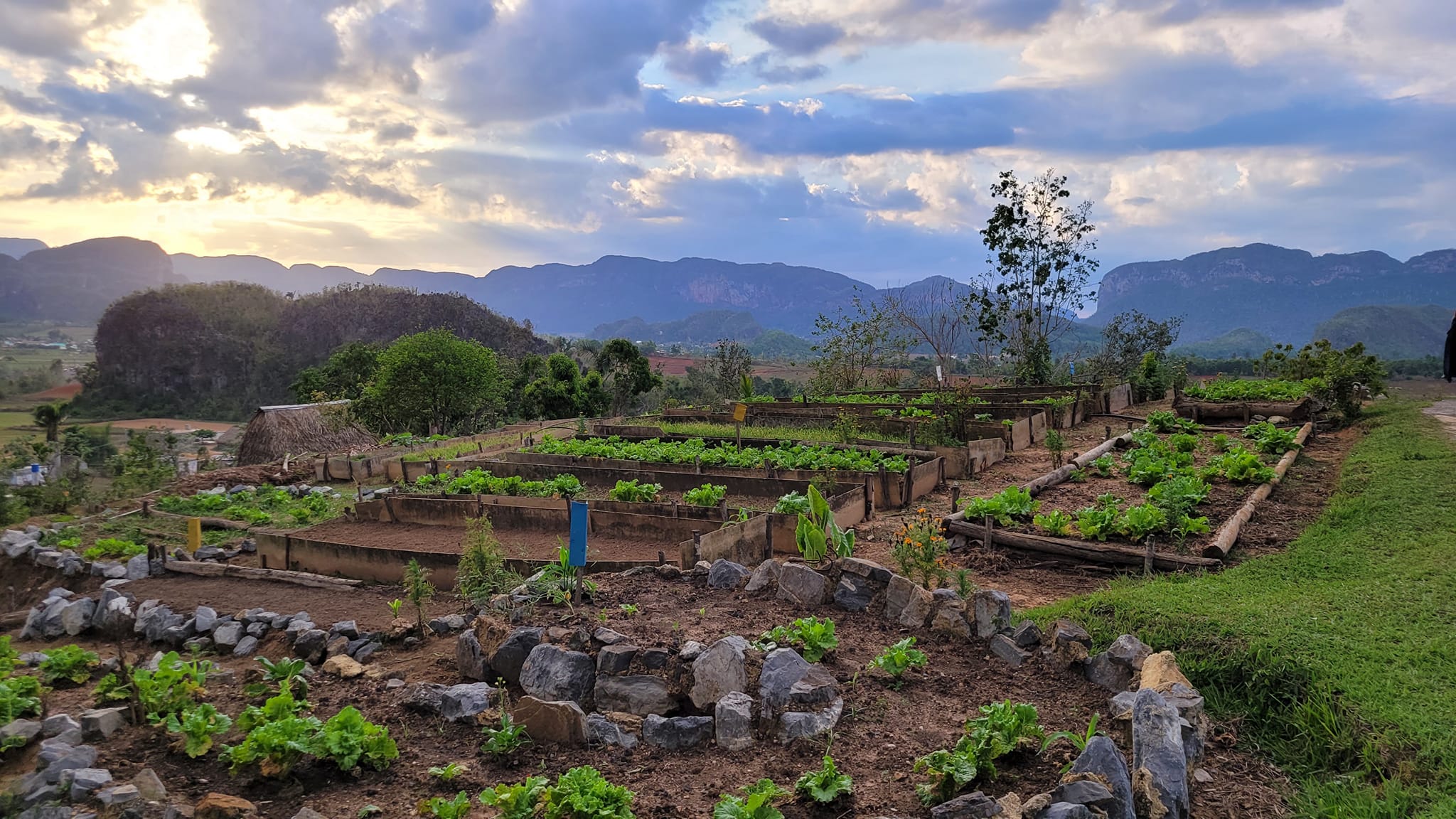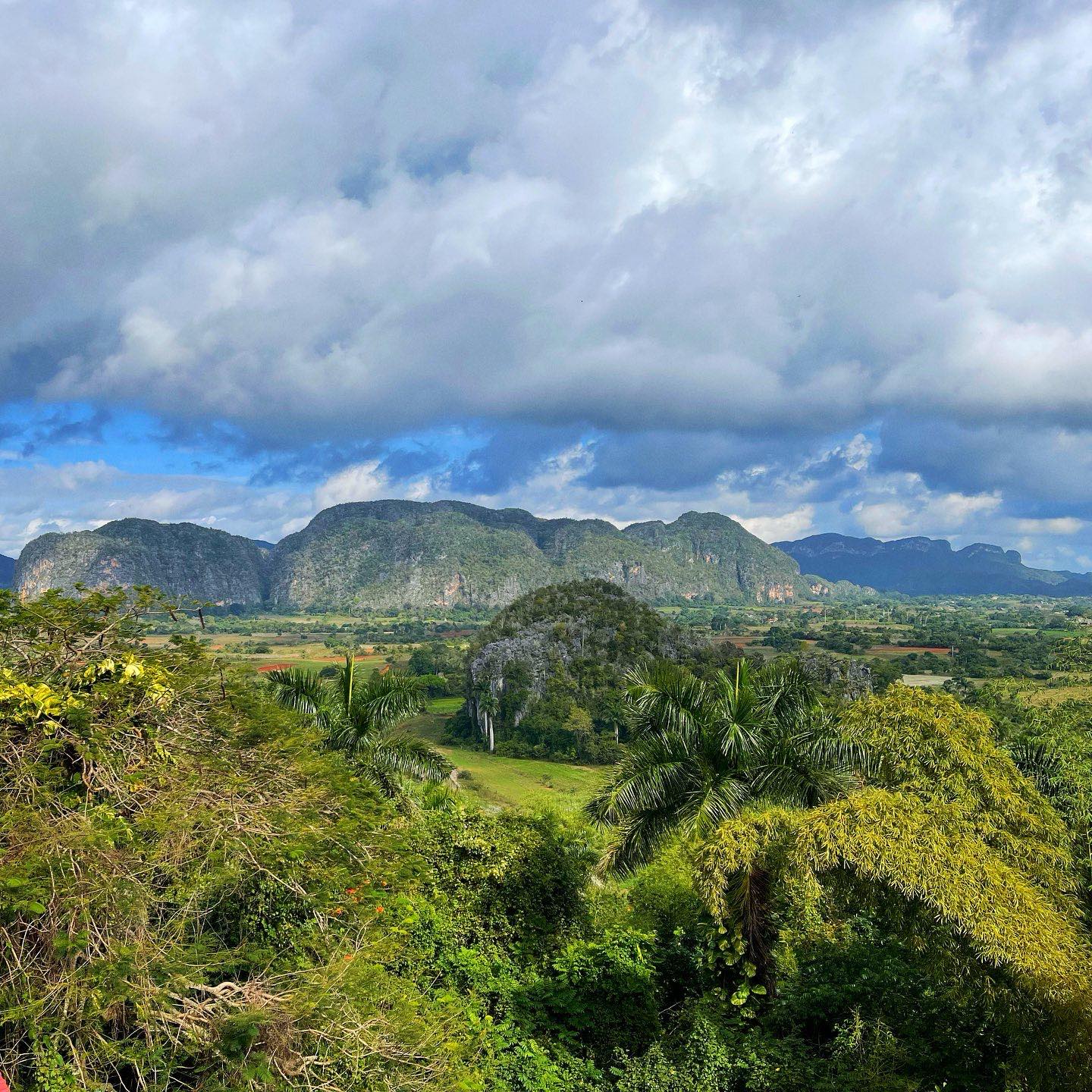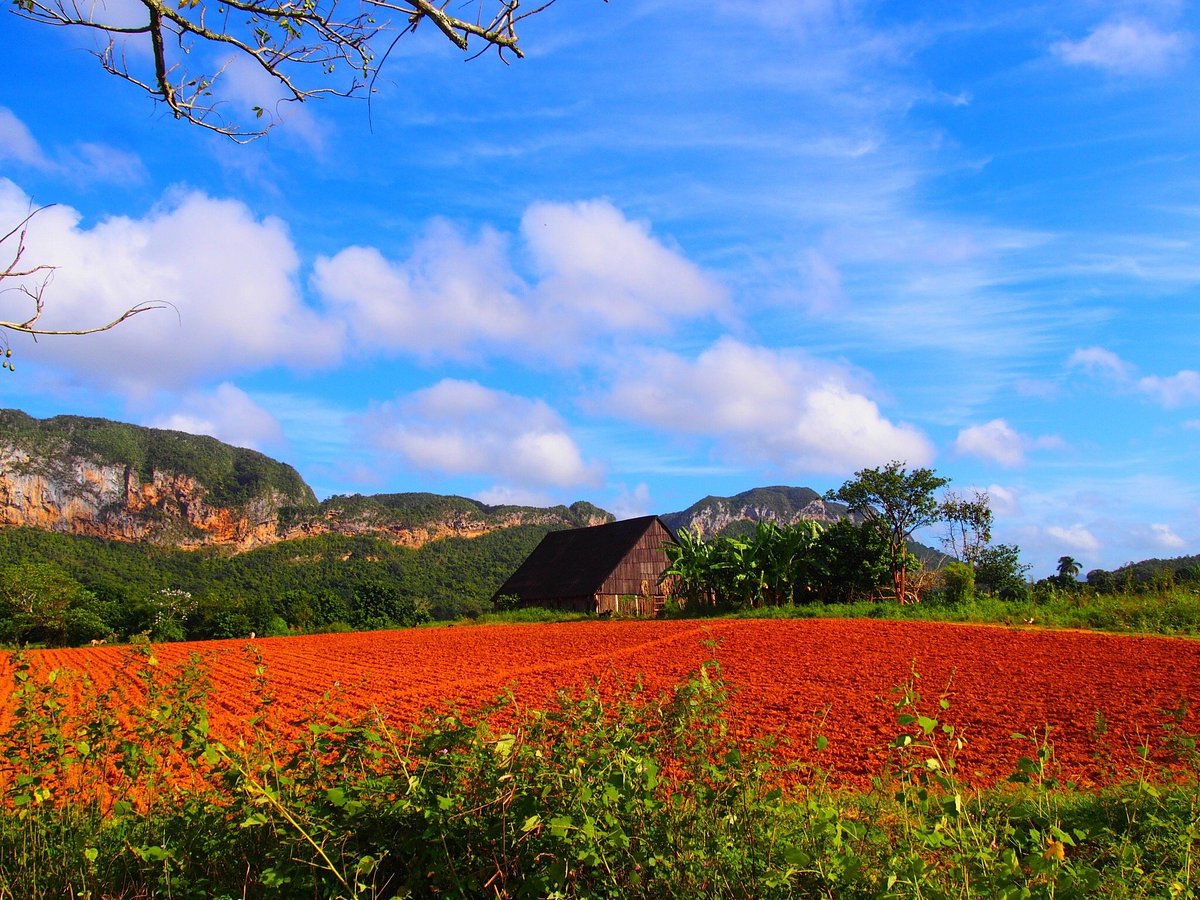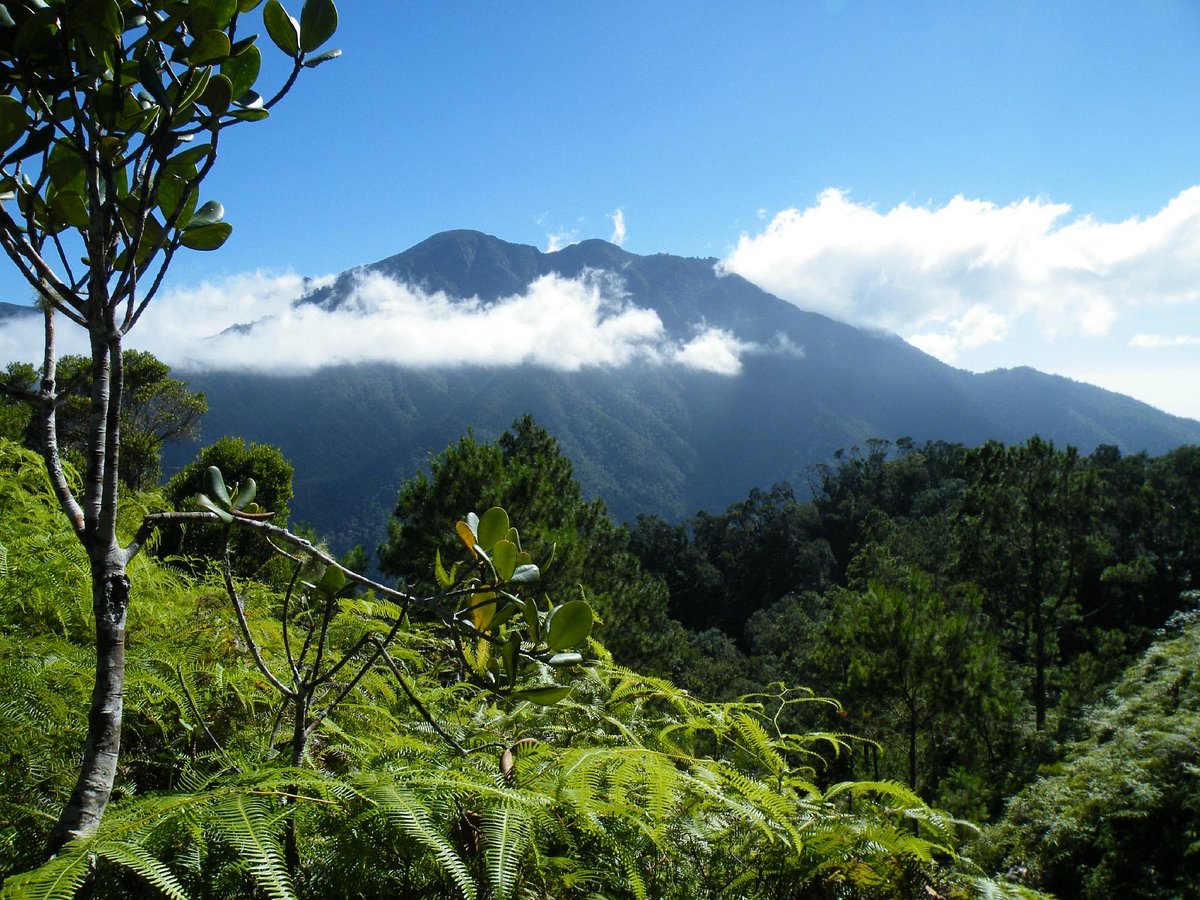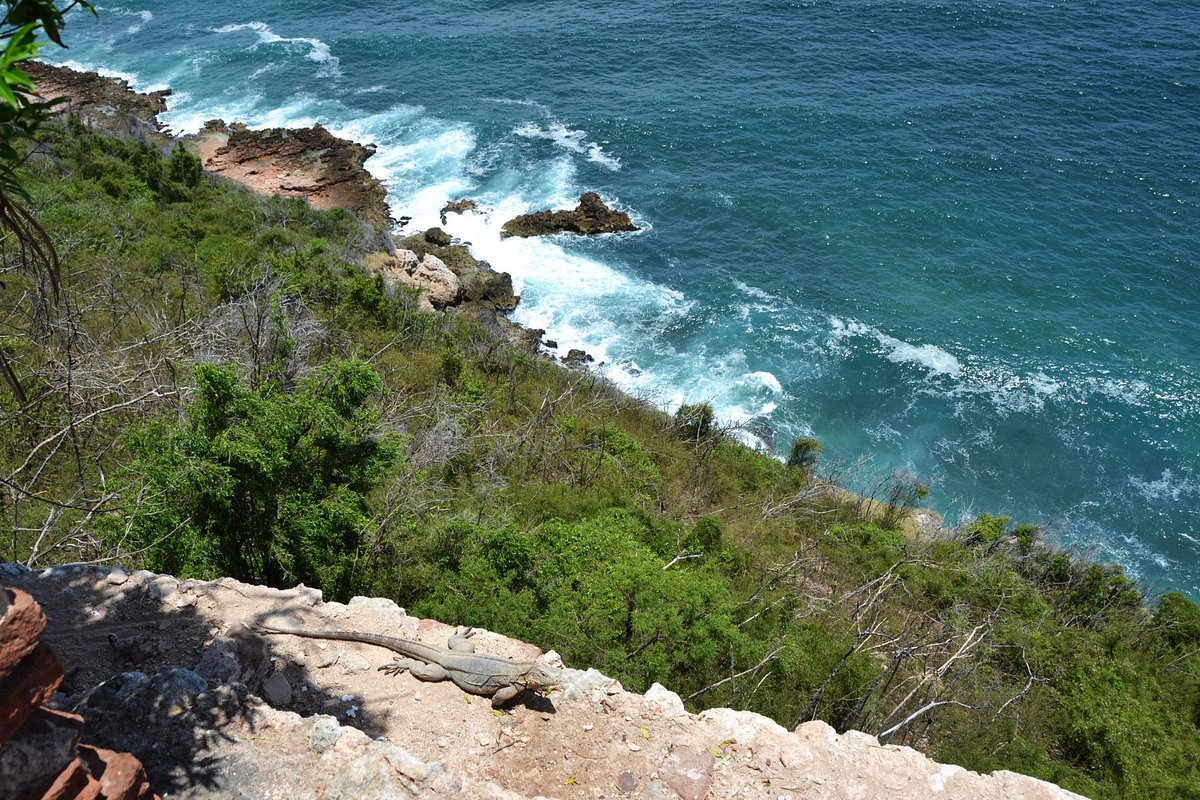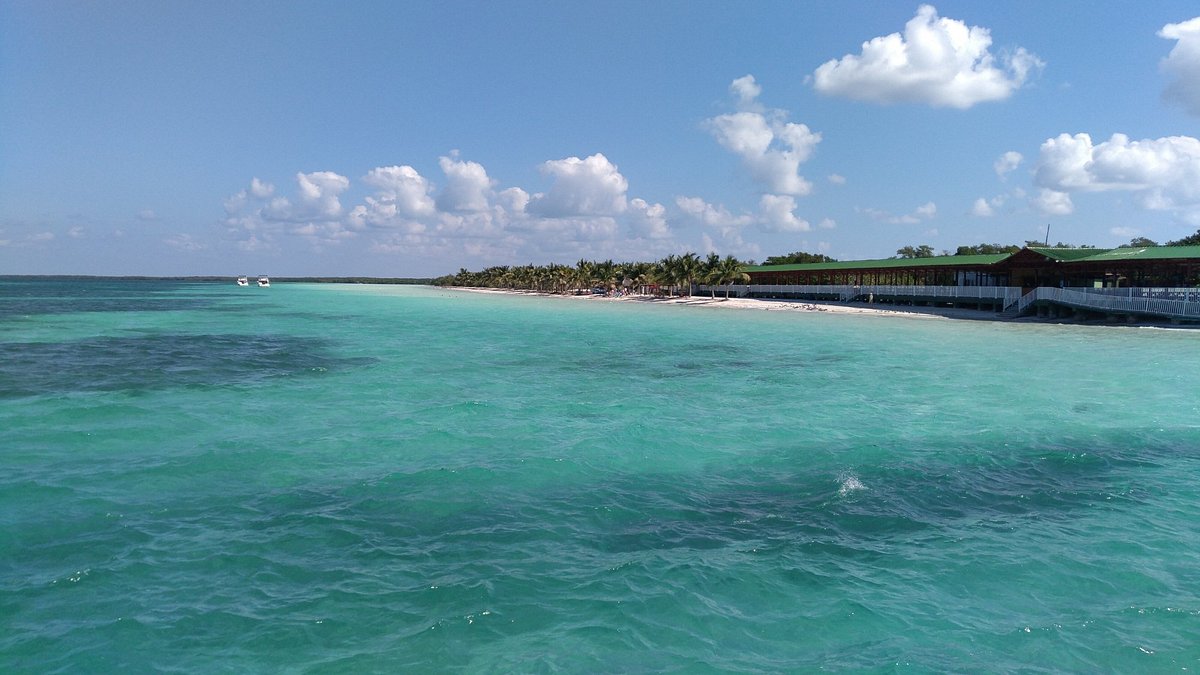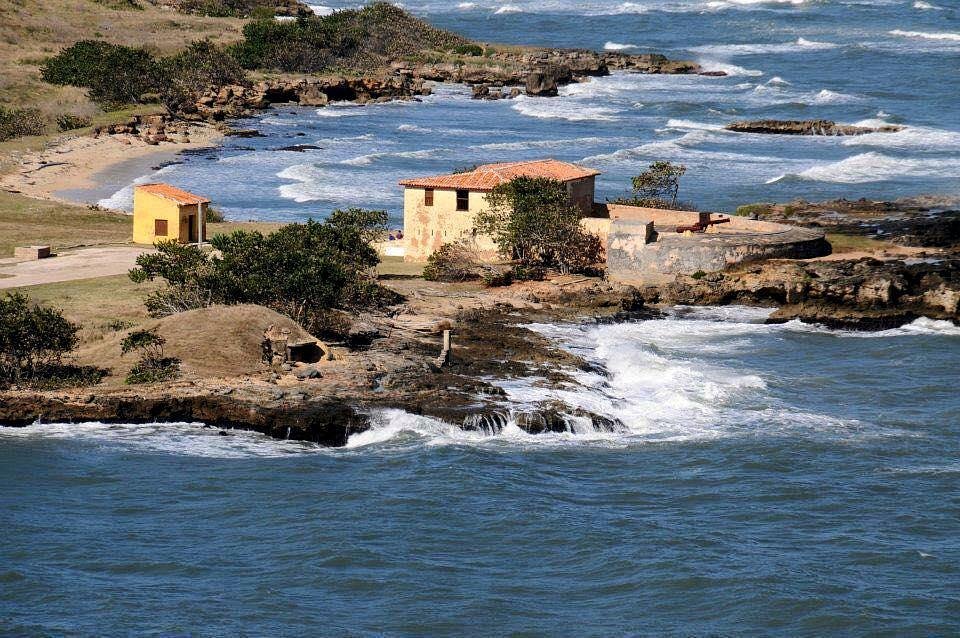Cuba, also known as the Republic of Cuba, is one of the most travelled to nations in the Caribbean due to its beaches, vintage American cars, cigars, music, rum, and other attractions. Cuba is constantly at the top of the list for the millions of travellers from different parts of the world who love to travel and explore the different regions of the world.
The island nation is home to many tourist attractions, the most well-known of which is Havana, a popular travel destination.
Despite Havana, Cuba has a lot of tourist destinations that would be ideal for a vacation, family trip, or honeymoon. The top tourist attractions listed below are visitors’ must-sees when visiting the island.
Trinidad, Cuba
The town of Trinidad is located in the province of Sancti Spiritus at the centre of the country. Due to its historical significance as a hub of the sugar trade in the 18th and 19th centuries, it has been a UNESCO World Heritage Site since 1988, along with the neighbouring Valle de los Ingenios.
Trinidad is sometimes referred to as Cuba’s colonial jewel. This town is full of churches, houses, and attractive colonial buildings that provide a glimpse of Cuban history and culture. It is situated in a valley between the sea and mountains.
Several homes have been renovated to serve as private hotels and restaurants. By travelling to Trinidad (Cuba), tourists can taste local cuisine and specialities as well as the culture of the Pearl of the Antilles.
Moron, Cuba
The municipality of Morón, founded in 1643, is famously known as the “city of the rooster.” It is situated in the province of Ciego de Vila’s north, surrounded by beautiful beaches and rich greenery, and despite its hidden location, it serves as a critical transportation hub.
It is the second-most significant and the oldest of the ten municipalities in the province. Morón has the largest natural water mirror in Cuba, Laguna de Leche.
It is the largest freshwater lake in Cuba and is in a wetland five km north of Moron in Northern Ciego de Avila province. If someone is considering visiting the largest country in the Caribbean, the man-made Zara Reservoir must be seen as it is the largest in-land water surface by area in the nation.
Cayo Santa María
The village of Caibarién on the main island is connected to the island by a road and a bridge. Two of Cayo Santa Mara’s most prominent features are white sand beaches and opulent all-inclusive resorts.
Visitors can take pleasure in sunbathing while admiring the breathtaking ocean vista. Beach volleyball can be played on the sand that stretches over the beach. It was also the ideal location for surfing, but always remember to wear your safety gear before hitting the waves.
A 48 km causeway built by Campaa de Las Villas between 1989 and 1999 connects the island to the mainland close to Caibarien. The municipality of Caibarien carries out the island’s administration in the Villa Clara Province.
Varadero Beach
Due to its fine sand beach and warm crystal-clear waves, Varadero Beach is one of the top beaches in the world, and it is Cuba’s most popular tourist destination on a global scale. The 20-kilometer-long Playa de Varadero, usually called Playa Azul, is the most well-known beach in the area.
Varadero is a luxury area of Western Cuba, and it consists of several exclusive hotels, beautiful white beaches, and the only complete golf course in the nation.
Varadero is a well-known beach resort town on the tiny Hicacos Peninsula in Cuba. There are several all-inclusive hotel and spa complexes and a golf course along the 20 kilometres of its Atlantic Ocean shoreline.
Old Havana
It is the second-largest municipality in Cuba, which is also included as a UNESCO World Heritage Site. It was added to the UNESCO list of world heritage sites because of its exceptional Baroque and Neoclassical architecture. It has significant historical significance and served as a stopover on the journey to the New World.
Old Havana’s primary specialities are music and dance. In historic Havana, visitors can take in the local music and dance. This area is known for its salsa dancing, a renowned Cuban dance.
Cayo Coco
In the Jardines del Rey Chain in central Cuba, there is a tropical island called Cayo Coco. It was renowned for its all-inclusive resorts, coral reefs, and white-sand beaches.
One of North America’s largest populations of uncommon and stunning birds can be found on the island of Cayo Coco. Many wildlife photographers travel specifically to this Cuban island to catch a glimpse of the unique birds that live there.
The tourist can also take in the breathtaking view of the ocean’s white sand beaches and the local restaurants’ traditional fare.
Laguna la Redonda
La Redonda is home to the International Fishing Center’s administrative offices. Thus, as one might assume, tourists can go on fishing trips lasting up to 8 hours or, if they’d like, enjoy a boat ride on this lake.
It is a perfect destination to escape the routine of home and work. La Laguna la Redonda is the ideal place to visit with friends or family to enjoy the spectacular international food and its refreshing cocktail, the view and the breeze on boat rides, and the comfort provided by the place.
Valle de Vinales
Cuba’s Viales Valley is a karstic depression known in Spanish as Valle de Viales. In the Pinar del Ro Province, just north of Viales, in the Sierra de los Rganos mountain is the 132 km2 (51 sq mi) valley.
Due to the valley’s employment of conventional tobacco-growing methods, it was included in the UNESCO World Heritage List as a cultural landscape in 1999.
Santiago de Cuba
The capital of Santiago de Cuba Province, located in southeast Cuba and bordering a bay off the Caribbean Sea, is Santiago de Cuba. It was established in 1515 by the Spanish and is renowned for its colonial architecture and revolutionary past.
During the city’s annual Carnaval event in July, which includes drum-beating parades with vibrant costumes and son dancing—the forerunner of salsa—the distinctive Afro-Cuban cultural influences of the city are on show.
The headquarters of the revolutionary guerrillas in the 1950s were in Santiago de Cuba, which is regarded as Cuba’s second capital, but there is much more to see and do here. Caribbean rhythms, tropical flavours, and frenetic events determine the beat of this vibrant city.
Matanzas
The home of some of Cuba’s most beloved artists, including Miguel Failde, the inventor of the cheek-to-cheek danzón (ballroom dance), Matanzas is known as the Athens of Cuba.
The Afro-Cuban dance known as the rumba, popularised worldwide for 70 years by the music group Muequitos de Matanzas, was also created in this city. Watch for weekly live music concerts in the Provincial Museum’s Palacio de Junco.
Matanzas offers attractive architecture, with neoclassical structures like the fully restored Teatro Sauto or living antiques like the Museo Farmacéutico, founded as the first in Latin America in Latin America 1882, for visitors seeking a more authentically Cuban experience as opposed to the typical tourist postcard of Varadero.
